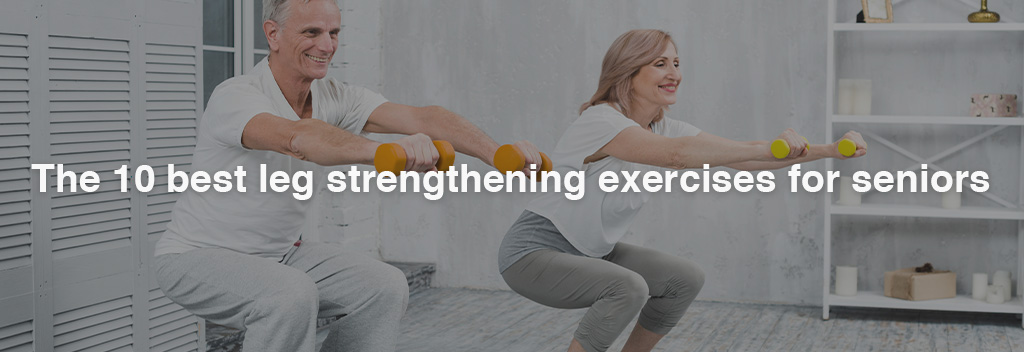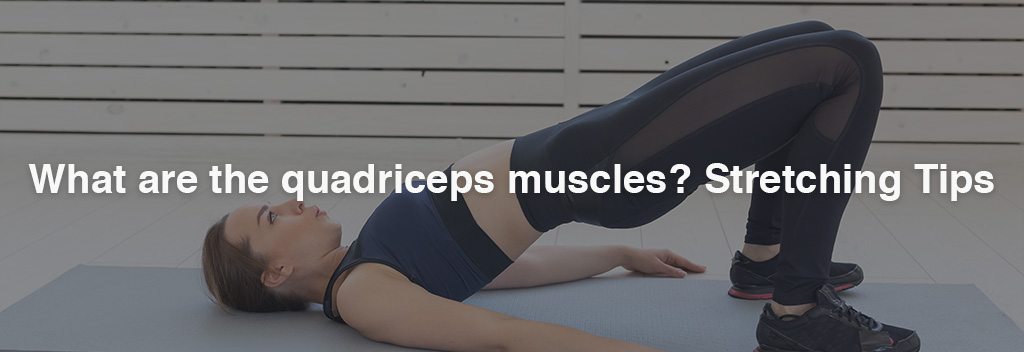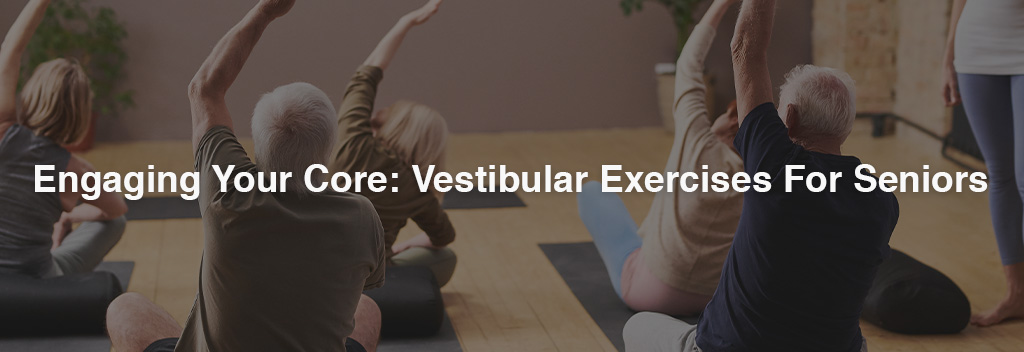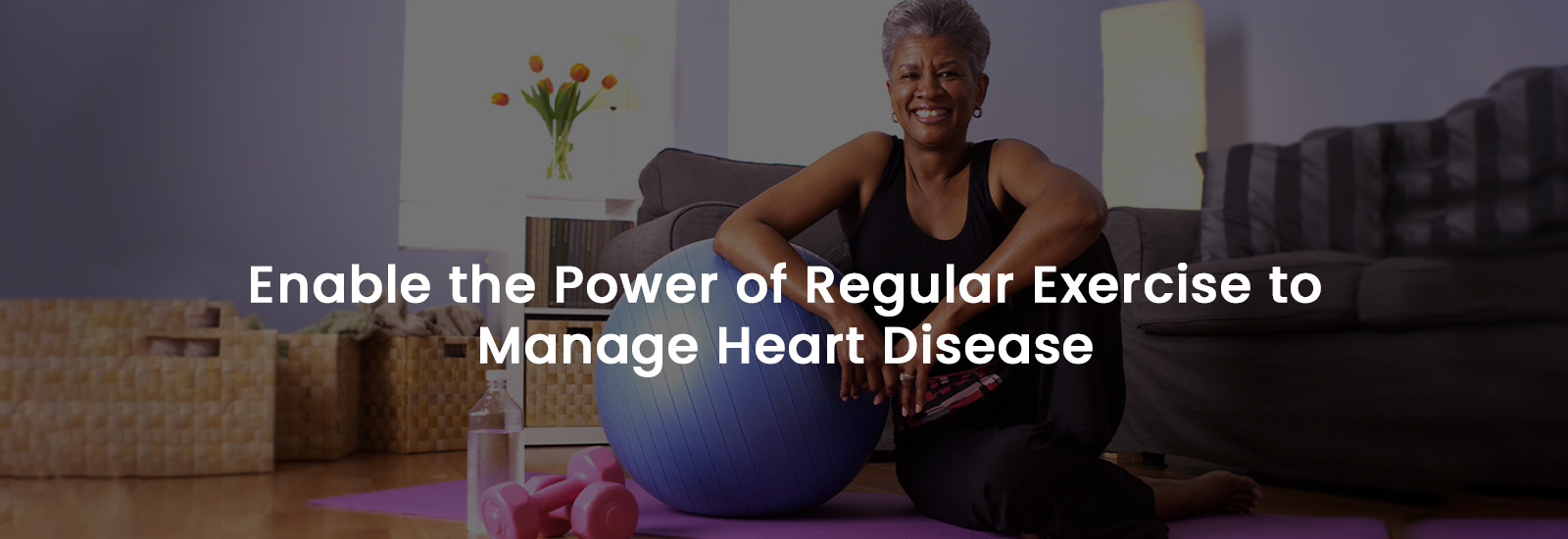
Seniors need to have strong and healthy legs to live an active and independent lifestyle. Strong legs increase stability, improve balance, and lower the chance of falling.
However, as we age, our muscle mass declines, and our joints stiffen. Regular exercise, on the other hand, can help to reverse these effects and enhance overall leg strength.
Importance of Leg Strength for Seniors
Before delving into the exercises, it’s essential to understand why leg strength is particularly vital for seniors.
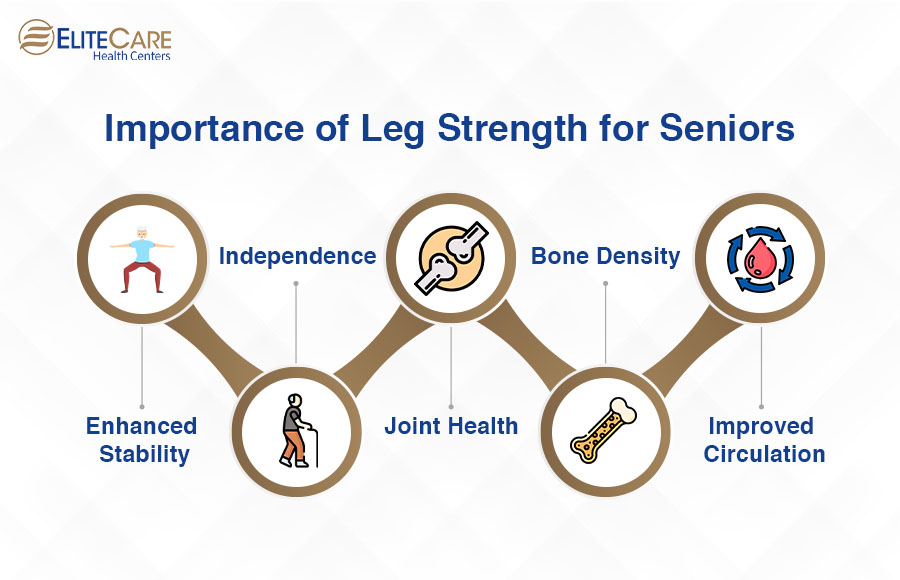
1. Enhanced Stability:
Strong legs contribute significantly to stability, helping seniors maintain balance and prevent falls.
2. Independence:
Leg strength is directly linked to the ability to perform daily activities independently, such as walking, climbing stairs, and getting up from a chair.
3. Joint Health:
Regular leg exercises can promote joint health by improving flexibility and reducing stiffness, common issues in aging. Maintaining joint mobility is vital for overall comfort and ease of movement.
4. Bone Density:
Weight-bearing leg exercises can help maintain or improve bone density, reducing the risk of osteoporosis-related fractures.
5. Improved Circulation:
Leg strengthening exercises for older adults help enhance blood circulation, benefiting cardiovascular health and reducing the risk of conditions such as deep vein thrombosis.
Best Leg Strengthening Exercises for Seniors
1. Chair Squats
Chair squats are a basic leg-strengthening exercise that stimulates the quadriceps, hamstrings, and glutes. This workout is suitable for seniors of all fitness levels and provides a practical technique to improve lower body strength.
You can begin by standing with your feet hip-width apart in front of a firm chair. Lower your body slowly towards the chair, simulating the motion of sitting down. Maintain your weight in your heels and make sure your knees do not extend past your toes. Return to the starting position, keeping your leg muscles engaged throughout the action.
Initially, use the chair for support, gradually reducing assistance as your strength develops.
2. Leg Raises
Leg raises target the quadriceps and hip flexors, developing lower-limb strength and flexibility. This seated exercise is great for seniors who want to increase strength without putting too much strain on their joints.
Sit in a firm chair, back upright, and feet level on the floor. Lift one leg straight out before you, keeping it parallel to the floor. Hold the lifted position for a few seconds before slowly lowering the leg. Rep the movement with the other leg.
Remember – leg lifts should be performed with steady motions to avoid jerking and to maintain balance.
3. Calf Raises
Calf raises work the muscles in the calves, which are important for activities like walking and maintaining balance. This exercise is very useful for seniors who want to strengthen their lower legs.
Stand with your feet hip-width apart, and if necessary, use a counter or a firm surface for support. Raise your heels off the ground and stand on your toes. Hold the elevated position for a few seconds before lowering your heels. Repeat the motion 10-15 times more.
Calf raises should be done near a counter or a wall for increased stability, especially if balance is an issue.
4. Step-Ups
Step-ups are an excellent way to work the quadriceps, hamstrings, and glutes. This exercise has an element of elevation, which promotes strength and coordination.
Find a sturdy step or platform. Step one foot onto the step, making sure the entire foot is on the surface. Lift your body onto the step by pushing through the heel of the lifted foot. Repeat the movement by lowering the opposite foot.
Begin with a lower step height and progressively advance to higher surfaces as your power grows.
5. Seated Marching
Seated marching is a seated workout that works the hip flexors and quadriceps. This low-impact exercise is helpful for elders with limited mobility or those healing from joint problems.
Sit in a chair with your back straight and your feet flat on the floor. Lift one leg towards your chest and hold the position for a few seconds. Lower the foot back down and repeat the movement with the opposite leg.
Perform seated marching at a regulated speed to guarantee stability and decrease the risk of injury.
6. Wall Sit
The wall sit is an isometric exercise that works the quadriceps, hamstrings, and glutes. It increases endurance and strength, particularly in the lower body.
Stand with your back to a wall and lower yourself into a sitting position, forming a 90-degree angle at your knees. Hold this position for as long as you feel comfortable, then rise up and repeat the exercise.
Begin with fewer repetitions and gradually increase your time during the wall sit as your strength improves.
7. Resistance Band Leg Press
A sitting workout that stimulates the quadriceps, hamstrings, and glutes is the resistance band leg press. This exercise adds a new level of difficulty to standard leg presses by integrating resistance.
Sit in a chair with one foot wrapped in a resistance band and anchored to a stationary object. Extend your leg out in front of you against the band’s resistance, then slowly return to the starting position. Choose a resistance band with a suitable level of difficulty and gradually increase resistance as your strength improves. Repeat the exercise on both legs.
8. Lunges
Lunges are dynamic workouts that improve balance and stability by engaging the quadriceps, hamstrings, and glutes. This exercise benefits seniors who want to strengthen their legs across the entire range of motion.
Place your feet hip-width apart. Take one step forward, lowering your body until both knees are bent at a 90-degree angle. Return to the starting position by pushing off the front foot and repeat the exercise with the opposing leg.
Perform lunges with deliberate and controlled movement to maintain appropriate form and decrease the danger of injury.
9. Toe Taps
Toe taps are a seated exercise that focuses on the quadriceps and hamstrings. This low-impact exercise is ideal for seniors who want to strengthen their legs while sitting comfortably.
Sit in a chair, back upright, feet flat on the floor. Lift one foot and lightly tap it on the floor in front of you. Repeat the exercise with the opposite foot after returning the foot to the beginning position.
Toe taps should be done slowly and deliberately to adequately engage the leg muscles.
10. Heel-to-Toe Walk
The heel-toe walk is a walking exercise that emphasizes balance and stability while activating multiple leg muscles. This exercise improves coordination and is especially good for seniors who want to improve their walking ability.
Stand in a straight line with your feet, the heel of one foot directly in front of the toe of the other. Step forward, continuing the heel-to-toe walking rhythm for a predetermined distance.
To begin, perform the heel-toe walk near a counter or a wall to provide extra support until confidence in balance is built.
Safety Precautions
Before starting any exercise routine, especially as a senior, it’s crucial to prioritize safety. Consider the following precautions:
- Seek medical advice before beginning any new exercise program, especially if you have pre-existing health conditions.
- Begin with low-intensity exercises and gradually progress as your strength and endurance improve.
- Focus on the correct form to prevent injuries and maximize the effectiveness of each exercise.
- If you experience pain or discomfort, stop the exercise and consult with a healthcare professional.
- Drink water before, during, and after your workout to stay hydrated.
- Include gentle warm-up and cool-down activities to prepare your muscles and prevent stiffness.
Incorporating these leg-strengthening exercises into a routine can significantly benefit seniors by promoting balance, stability, and overall leg strength. Remember, consistency is key, and it’s never too late to start reaping the rewards of a strong and active lifestyle.
EliteCare HC, one of the best medical clinics in Florida, offers personalized health and wellness advice. Visit our website or call +1 888-596-2090 for an appointment.
- Tags:balancing exercises for seniorselderly exercises for balanceelitecare health centersexercise for balance for seniorsexercise for seniors for balanceexercise to improve balance for seniorsexercises for balance in elderlyhealth and wellness servicesprimary careprimary care physicianprimary care servicessenior care servicessenior exercises to improve balancewellness care centers
Frequently Asked Questions
Chair squats and lunges are easy and low-risk exercises that help seniors strengthen their legs.
Protein-rich items such as eggs and salmon are great sources to increase leg strength.
Vitamin B1 deficiency, also known as thiamine deficiency, can cause weakness in the legs and limbs, a condition known as dry beriberi. Thiamine supplementation can help prevent leg tiredness.

